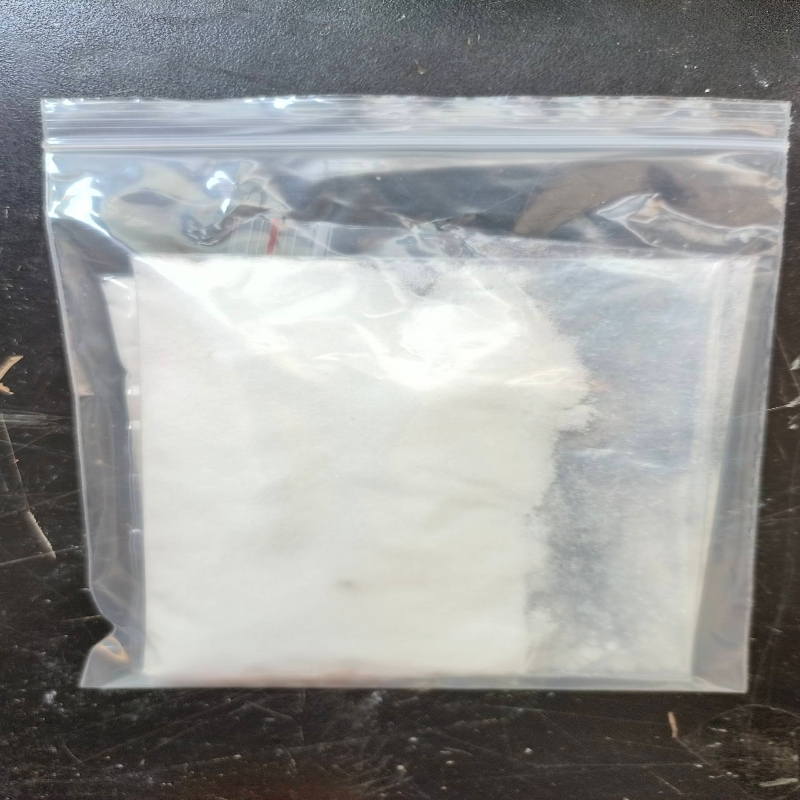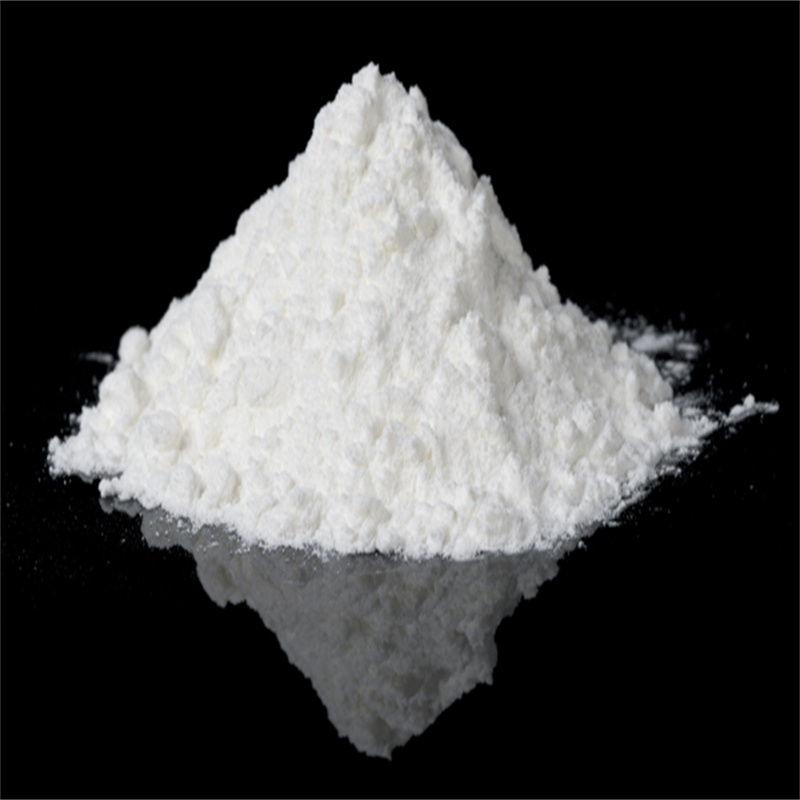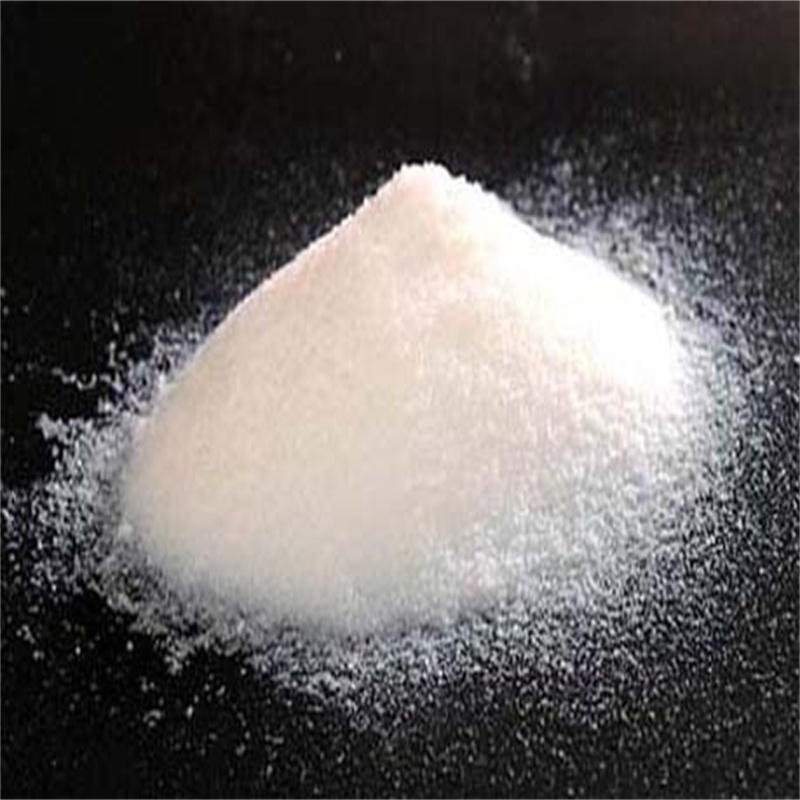-
Categories
-
Pharmaceutical Intermediates
-
Active Pharmaceutical Ingredients
-
Food Additives
- Industrial Coatings
- Agrochemicals
- Dyes and Pigments
- Surfactant
- Flavors and Fragrances
- Chemical Reagents
- Catalyst and Auxiliary
- Natural Products
- Inorganic Chemistry
-
Organic Chemistry
-
Biochemical Engineering
- Analytical Chemistry
-
Cosmetic Ingredient
- Water Treatment Chemical
-
Pharmaceutical Intermediates
Promotion
ECHEMI Mall
Wholesale
Weekly Price
Exhibition
News
-
Trade Service
0, introduction to
paint, our tradition is called "paint", is a material. This material can be coated on the surface of the object using different construction processes to form a solid film that adheres firmly to a certain strength and is continuous. The resulting film is commonly known as the coating film, also known as the paint film or coating
.
light is projected on the surface of the object to reflect light, the surface of the object to the light reflective ability is called luster, the gloss of different surfaces is not the same, to measure the surface of the object on the light reflective capacity of the size, called gloss. The higher the gloss on the surface of an object, the stronger its ability to reflect light.
many factors affect the coating gloss of coating, such as resin, pigment fillers, dispersants, pigment ratio, substrate, coating color, surface flatness and so on. Pigment is only a part of the paint, pigment itself is not shiny, coating film has luster, but in the actual production of pigment characteristics of the influence determines the gloss of the coating film. Titanium white powder as an important pigment in the coating, its particle size, surface treatment, dispersion, oil absorption and the amount of added in the coating (pigment volume concentration, PVC) and other parameters have a certain impact on the gloss of the coating film.
1, the experimental part
1.1 the main raw material
olic acid varnish (C01-1): industrial grade, Changzhou shining. Acrylic resin (LP64/12N): Industrial grade, Created Chemical. Titanium white powder, paint general-purpose additives (thinners) are commercially available industrial products.
1.2 Experimental Instrument
Fully Automatic Mixer (RH-1): Zhengzhou Sanhua; Automatic Coating Machine (PTA-2101): Bick Chemistry; Gloss meter (BYK4446): Bick Chemical; High-speed dispersion machine (SFJ-400): Shanghai Hyundai; Laser particle size meter (Bettersize3000): Dandong Bait; Scraper fine meter: Shanghai Hyundai; lacquer coating machine: slot depth (150), Shanghai Hyundai.
1.3 Test Method
said to take the same mass of glass beads, acrylic solution (solid content 26%) and titanium white powder samples (pigment volume concentration PVC: 16%), into a fully automatic mixing machine dispersed, the scattered paint material placed on the automatic coating machine, with the lacquer coating machine at a fixed pressure, about 100 mm / s speed in the mirror glass plate scraping, forming a flat paint. The gloss was measured after drying 16 h at a temperature of (23±2) and relative humidity (50±5). The determination is based on the determination of the 20, 60 and 85 s mirror gloss of GB/T 9754-2007 paint and varnishes without metallic pigments.
2, results and discussion of the effect of
2.1 titanium dioxide particle size on coating film gloss
after testing different particle size titanium dioxide with laser granularity meter, the corresponding paint film gloss was tested according to experimental method 1.3. The results of coating gloss and pigment particle size distribution are found in Table 1.Table
1 The particle size of titanium dioxide powder and coating film gloss in the coating
The results from Table 1 show that the particle content of more than 0.5 m has a great influence on the coating gloss, but also pay attention to the accumulation of particles (small particles) below 0.2 m in the process of film-forming, will cause the coating film to produce microscopic bumps, so that the gloss is reduced. See Figure 1.
Figure 1: Relationship between titanium white powder particle size distribution and coating film
2.2 Effect of surface treatment on coating gloss
Surface treatment belongs to the core part of titanium dioxide after-treatment process, also known as titanium dioxide coating. The aim is to improve the application performance of titanium dioxide, so that it has excellent use in different applications. According to the nature of the substances required for the coating of titanium dioxide table bread, the coating film can be divided into inorganic envelope and organic coating film, and the influence of different coatings on gloss will be different. The titanium dioxide powder with different surface treatment was selected for film gloss test according to the 1.3 experimental method, and the test results are found in Table 2.
table 2 different surface treatment and coating gloss . As can be seen from Table 2, there will be differences in the gloss of different coatings of titanium dioxide. At present, the domestic dense silicon coating process is not mature, so the silicon aluminum coating products relative to the luster of aluminum products is low. Because the particle surface is not dense enough uniform or loose porous, resulting in the coating film is not smooth enough, resulting in a de-lighting effect reduces the gloss of the coating. At the same time, the products treated with TME for organic treatment agents have slightly better gloss than 2MP and silane treatment products. For titanium dioxide manufacturers, attention should also be paid to the soluble impurity ions after surface treatment, such as: Na, Cl-, SO42-, etc., which can affect dispersion and dispersion stability.
2.3 Effect of oil absorption on coating film gloss
The amount of oil absorbed by pigments refers to the minimum number of grams of oil required to completely wet 100 g of titanium dioxide, i.e. the amount of oil used to make the pigment and oil just glued to the group. General pigment particles fine, larger than the surface area, condensation and flocculation of particles, large gap between particles, oil absorption will be high, close to sperk particles will be low oil absorption.
For solvent-based coatings, high oil absorption of titanium dioxide in solvent-based coatings, in accordance with the original formula for rationing, grinding dispersion, part of the solvent oil is absorbed by titanium dioxide, so that the dissolved resin oil is insufficient, the degree of resin melting is reduced, affecting the adsorption of titanium dioxide to the resin, resulting in a reduction in dispersion and dispersion stability.
, the viscosity of the system increases and the leveling performance of the coating film is poor, which affects the flatness of the coating surface, thus reducing the gloss of the coating film. The following are the experimental results after the paint film was made by 1.3 for products with similar surface treatment process but different oil absorption, as shown in Figure 2.Figure 2 the relationship between oil absorption and gloss
From Figure 2, titanium white powder oil absorption is high, in solvent-based coating paint film gloss is relatively low, the amount of oil absorption affects the flatness of the coating surface, resulting in a decrease in gloss.
2.4 Effect of pigment dispersion on coating film gloss
The gloss of the coating film is closely related to the roughness of the coating surface, and when light is applied to the coating surface, part of the coating film is absorbed and part of it is reflected and scattered. There is also partial refraction. The smoother the coating surface, the more light is reflected, the higher the gloss, and the lower the gloss. Particle distribution is more concentrated, no more coarse particles of titanium dioxide can be better, more evenly dispersed in the system, easy to form a smoother and complete coating film, such a coating film gloss is higher. See Figure 3.
Figure 3 Dispersion of Titanium White Powder and Pigment Characteristics
Dispersion determination in accordance with GB/T 21868.3-2008 Pigments and Body Pigments Assessment Dispersion Method Part 3: Dispersion with High-Speed Mixer" Aolic acid varnish (solid content: 40%), in the high-speed dispersion machine shear line speed of 10.5 m/s, high-speed dispersion time of 10 min, before high-speed dispersion to adjust the viscosity of the lacquer paste is the same or similar, to ensure that the same shear force for high-speed dispersion, its test results as shown in Figure 4.
the relationship between dispersion fineness and gloss in Figure 4
From the test results in Figure 4, the pigment with low dispersion fineness has a relatively high gloss in its paint film. The more particles that are not dispersed, the easier it is to form a rough coating layer, thereby reducing the gloss of the paint film.
2.5 Effect of pigment volume concentration on gloss
General titanium white powder coating film with pigment volume concentration (PVC) increase, mirror gloss has a tendency to decrease. Acrylic coating film as shown in Figure 5. PVC at 10%, the coating film has a defect of 1 to 2 m, but its density is low, high gloss, as PVC rises, as shown in the Figure 6 model, the defect size becomes smaller, the density increases, the gloss drops sharply.
the relationship between PVC and gloss in Acrylic paint in Figure 5 . Figure 6 Surface micro defect generation model
the above results can be seen, with the continuous improvement of PVC, the surface roughness of the paint film will also be improved. At the same time in the film-forming process solvent volatile formation of the lower and upper conve currents make pigments in the paint film movement, so that pigments in the paint film distribution is uneven, resulting in a significant decline in the paint film gloss.
3, conclusion
❶ Titanium white powder particle size of more than 0.5 m of coarse particle content and less than 0.2 m particles (small particles) content is less and the particle size distribution is more concentrated, is conducive to improving the gloss of the coating film;
❷ Particle table bread cladding will improve the coating film gloss, due to the lack of domestic dense silicon coating process, the current domestic luster of tantalum aluminum coating products better than silicon aluminum products, TME treatment of product gloss slightly better than TMP, silane class. At the same time, titanium dioxide production enterprises to control the surface treatment of soluble impurity ions such as
❸: Na, Cl-, SO42-content;
❹ Titanium dioxide particle distribution is more concentrated and there are not many coarse particles, can be better, more uniform dispersion in the system, the formation of a relatively smooth and complete coating film, coating gloss is high,
❺ in order to meet the coating properties (cover, whiteness and other coating mechanical properties), the prerequisite can be appropriately reduced PVC way to improve the gloss of the coating film.
, in order to obtain a high-gloss coating film, whether it is the titanium dioxide production plant or the formulation design of the coating, we must consider the influence factors of titanium dioxide. Titanium white powder is only one of the coating parts, in the paint formulation design should also take into account the resin, dispersant, face ratio, substrate and other factors, in the formulation design process to find the best balance point to obtain a good coating gloss.
.







